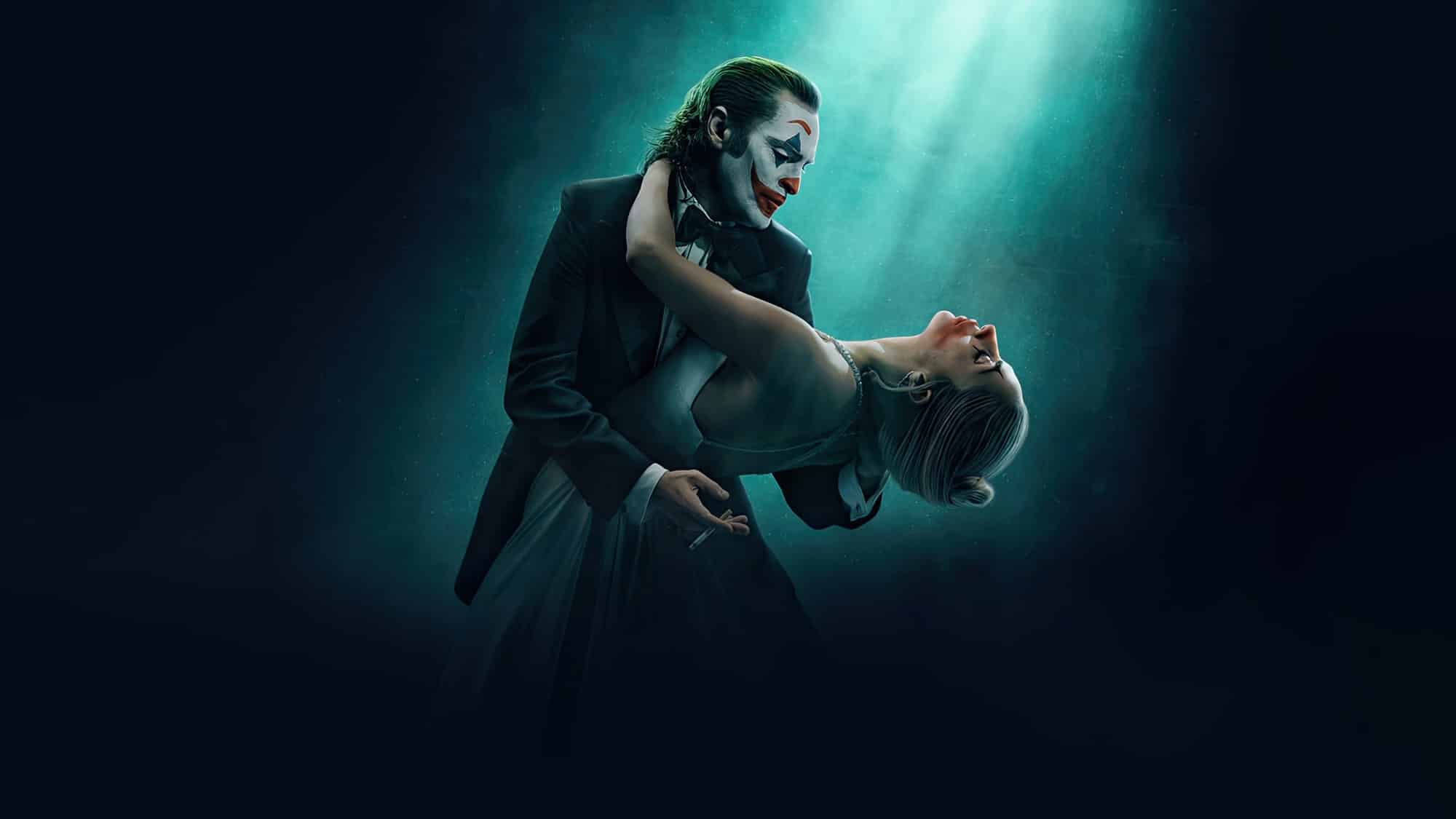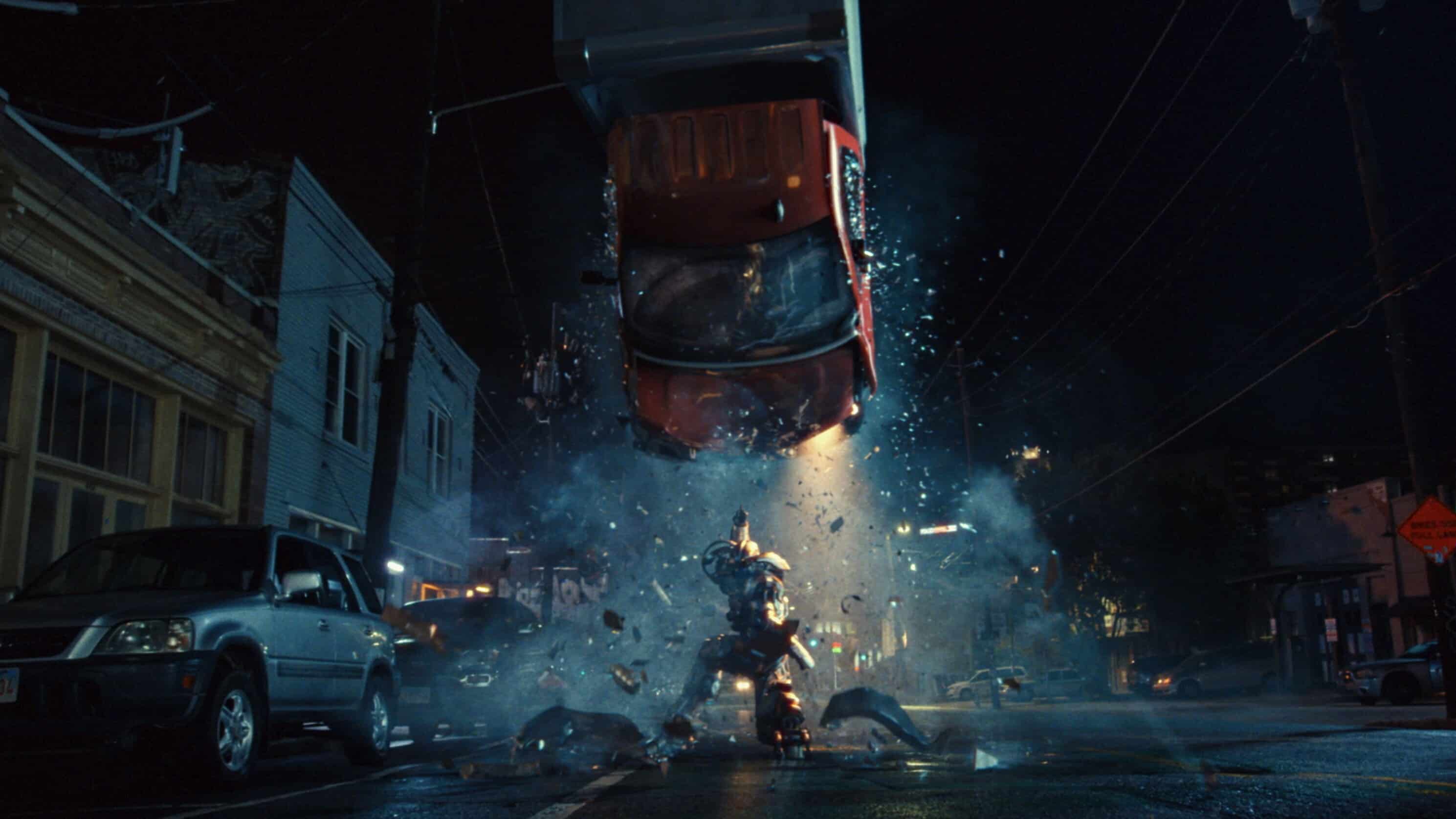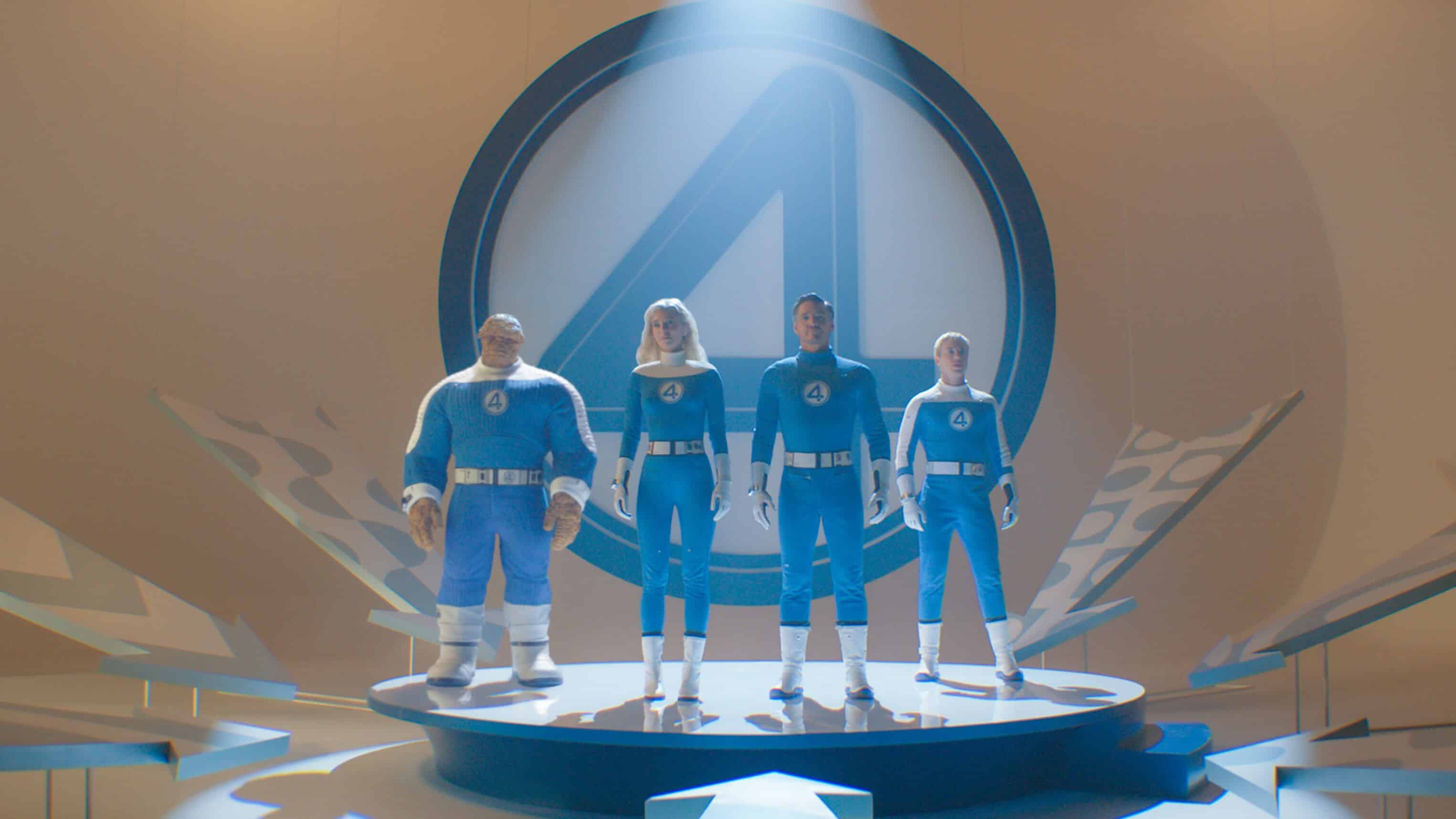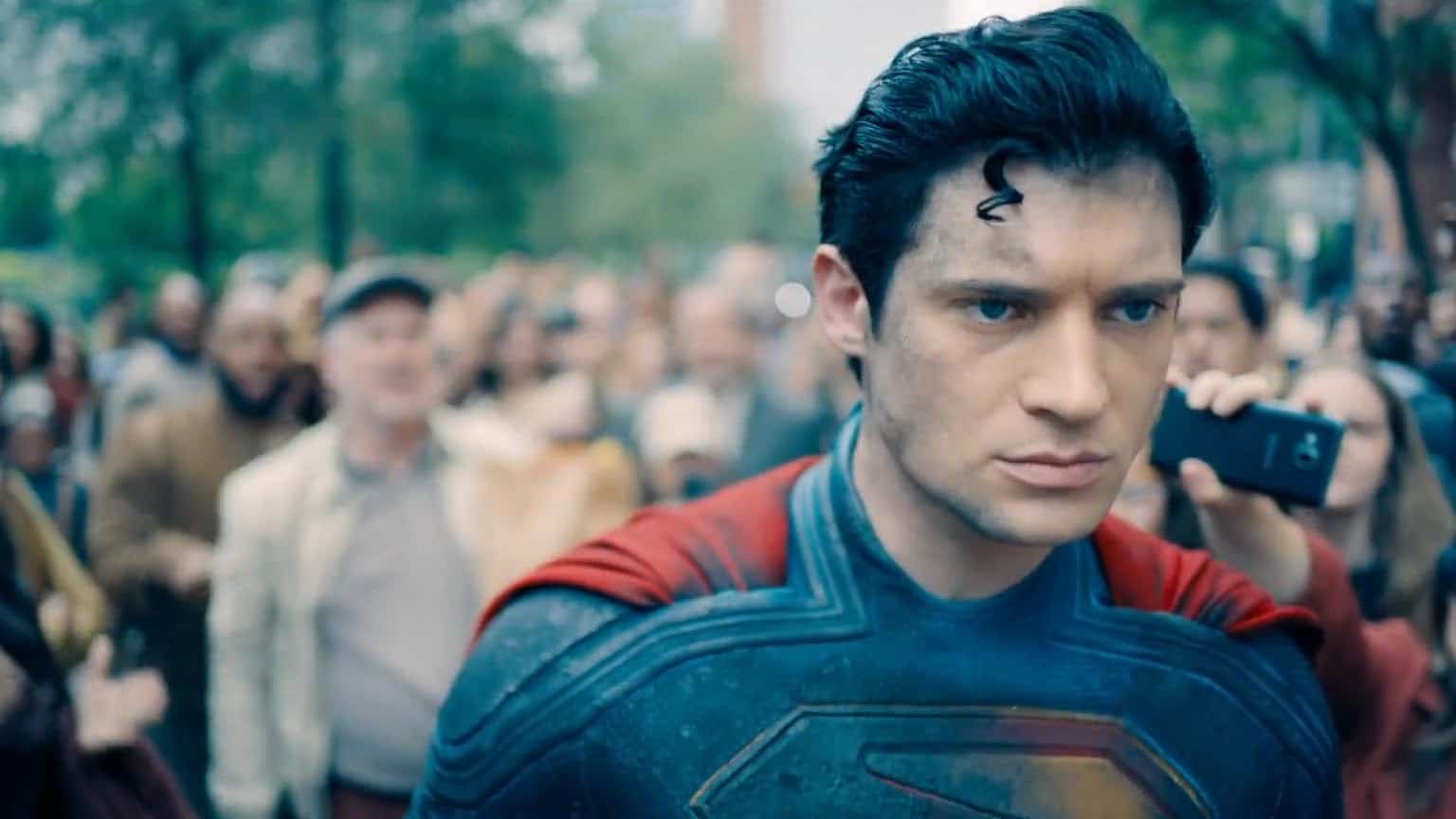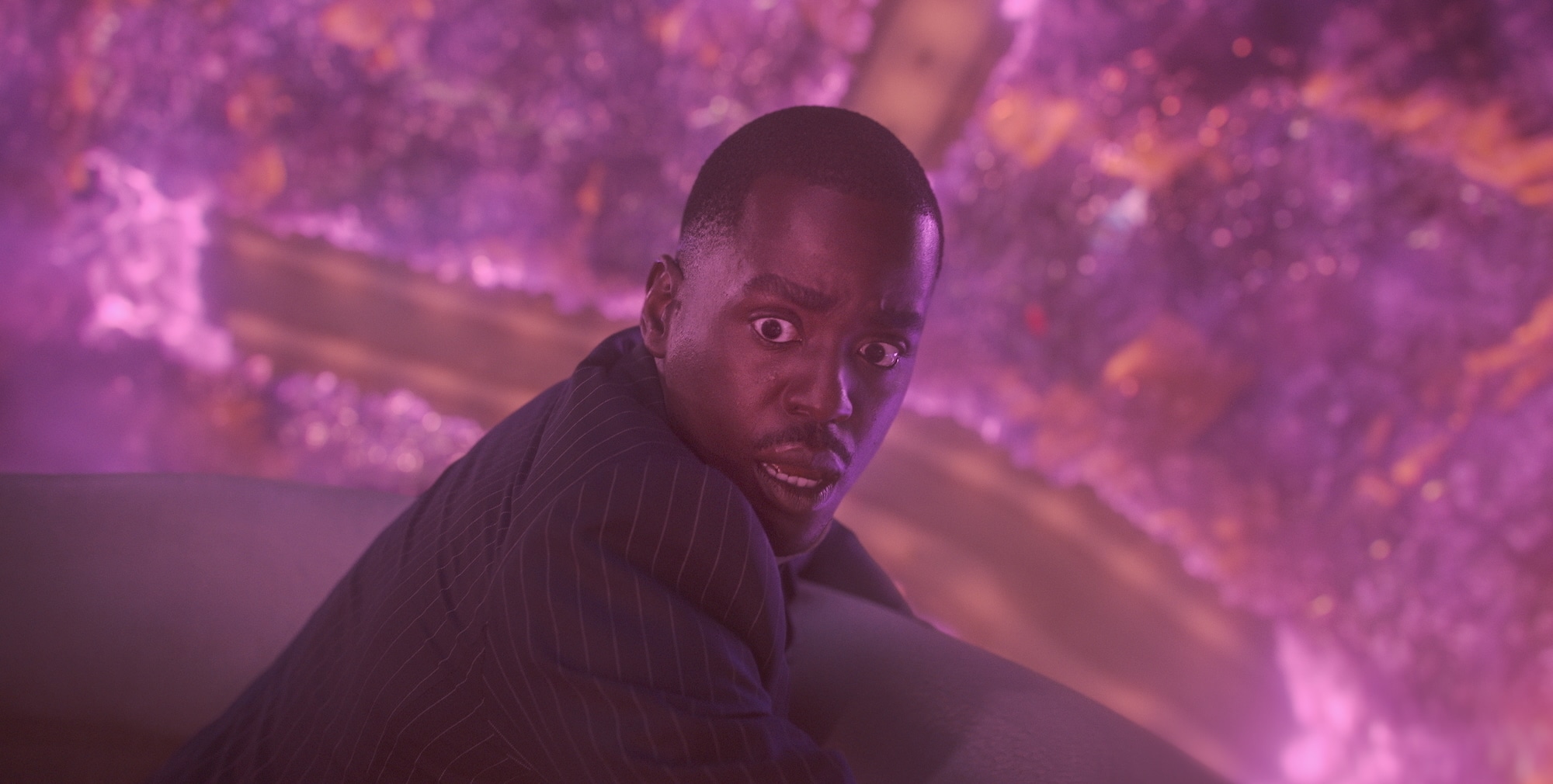This is a review of the movie Joker: Folie a Deux. As, in order to be considered for certain review aggregators, I have to give it a numerical score, I award Joker: Folie a Deux 0 out of 3 possible Jokers.
Frank Cifaldi, host of the Insert Credit podcast, recently offered the following anecdote from his attendance of San Diego Comic-Con. He had thought he was going to a panel about the history of superhero and cereal branding deals. He expected to see a bunch of old cereal boxes and cereal ads. He was, briefly, correct in this expectation. And then something odd began to happen. I recommend watching/listening (either at the link above or from your favorite podcatcher, Insert Credit Gaiden #9, from 24:04 to 32:09) to the story, but if unwilling, I’ve included the relevant portion below.
A man known as “Funmaker Mike” appears, places several Funko Pops!™ on stage, and then:
Everyone starts hootin’ and hollerin’ at this point, and I realize that I’m behind enemy lines somehow[…]. ‘Maker Mike works for Funko […]. He picks up one of the Funko Pops, and he’s like, ‘OK, time for a giveaway!’ and he goes, ‘Whoever screams the loudest gets the Funko Pop,’ and everyone except for me in the room starts literally screaming as loud as they can to get a Funko Pop. […] So everyone screams, and then he gives a speech about how Funko fans are ‘very special’ and they ‘get it.’ […] So he picks up the next Funko and says ‘OK, it’s time for the next giveaway, the next screaming contest.’ [Cifaldi then asks his co-hosts to count the number of Funko Pops visible on stage; to their growing horror, they count nine, and Cifaldi reveals that there was a tenth not visible]. He, as far as I know, proceeded to have 10 screaming contests. I don’t know because I left. [Cifaldi then goes to the restroom]. I could still hear people screaming, from the urinal, down the hall.
Deadpool & Wolverine was a movie made for this crowd, for people who enjoy pointing at the screen and saying, “That is the character I recognize! From the movie I enjoyed as a child!” It’s a movie for people who not only own Funko Pops!™, but are ready to scream for more.

A common sentiment I have seen regarding Joker: Folie a Deux (hereafter “Joker 2” for both my own ease and algorithm optimization) is that the movie is Deadpool & Wolverine’s opposite. D&W was “for the fans,” while Joker 2 hates its fans.
This is not the case. For Joker 2 to hate its fans, it would need to take a stance on its fans, and it is a movie deathly afraid of taking a stance on anything. The first Joker operated in the same way. Are rich people harming our society? Is it unjust that by sheer accident of birth Bruce Wayne grows up in a mansion, destined to become society’s hero, while Arthur Fleck is suffering in poverty? Did economic forces create the Joker? Or is the Joker just mentally ill, incapable of bettering his life, lashing out at others because he simply doesn’t understand his actions, because he is incapable of fully discerning reality from fantasy? Is he righteous, or does he throw temper tantrums? Is he cool, or is he a loser? Is the movement he inspires a good thing, or is it dangerous? The movie is afraid to answer literally any of these questions, waffling from scene to scene, and skipping over any information that might start to push it into one position or another.
The same holds true in the sequel. We still know nothing about the movement that has risen up around the Joker, even though the deuteragonist is the new figurehead of that movement, and even though the vast majority of the movie’s action is motivated by characters seeking to encourage or put down that movement. We are told that Harleen “Lee” Quinzel spends much of the movie giving interviews about how important the Joker is. We see her talk to Arthur about how he stands for something. And we never really learn what that something is. Lee is the primary representative of the Joker fan in the movie; not only is she the figurehead of the movement, but she was inspired by watching a Joker movie a bunch of times. She’s hot, smart, rich and competent. Her most significant flaw might be that, as a Joker fan, she does not care about Arthur anymore after he announced that he is no longer the Joker, but just some guy. Otherwise, her only real flaw is that she lies sometimes to get the Joker to fall in love with her. There’s a version of this movie where she is the villain of the piece, where she manipulates Arthur to get him executed, to make him a martyr for the movement that she now controls, but for that story to work, the movie would need to actually explore the movement, and it just can’t do that without making clear its own stance.
The other Joker fans we meet are two guys who drive Arthur around for a few minutes. They wear Joker outfits (hilariously, these are the guys from the set leak that made it appear this would be a Three Jokers movie, or at least a movie that offered some interesting sequences set in the Joker’s mind or in his dreams. That would have still been terrible, but it at least would have been less boring). These guys want to make sure that Arthur is OK, keep him out of the hands of the police, and take him somewhere so he can lead the Joker movement. This idea disturbs Arthur, so he runs away from them. They come across as kind of dumb but mostly normal guys. They only appear sinister if you already ascribe sinister characteristics to the Joker movement. They appear heroic if you think the movement is heroic. The movie itself has no comment on them.
The only things the movie seems to condemn are car bombs and rape (and that second condemnation gets wildly complicated given the way it is depicted and its consequences in the film, but unpacking the baffling rape scene and subsequent dejokerfication of Arthur Fleck is beyond the scope of this review). You’d think that “car bombs are bad” might let us arrive at a few broader thematic conclusions, but we never see the carbomber. We have no idea if it was set by a supporter or by someone who wanted to assassinate Arthur. A car bomb simply happens, killing several people, temporarily freeing Arthur, and setting half of Harvey Dent’s face on fire.

Which brings me to my point: This is, like Deadpool & Wolverine, a Funko Pop!™ movie. Ask yourself — why was Two-Face in The Dark Knight? The Joker himself was a compelling enough villain, and I personally think that Two-Face’s presence in the back half of the movie really weighs it down. But if you try to eliminate Harvey Dent from the narrative entirely, it starts to cause problems. He’s necessary for the love triangle. He’s also necessary as a foil for Batman and Bruce Wayne, a just man working within the bounds of the system rather than without to make Gotham a better city. Even if you retain Dent and just push out the Two-Face stuff for a third movie, you still cause problems, as Dent is the Joker’s big win. He doesn’t break the people at the pier, and he doesn’t break Batman, but he does succeed in breaking Gotham’s White Knight. Losing that may help the film structurally, but it weakens the film thematically.
Now, why is Harvey Dent in Joker 2? They don’t do anything interesting with the character. There’s no Two-Face in the end. There’s no potential sequel where Two-Face (or any other fun Batman villain) shows up. What happens if you cut the few seconds that show his face on fire? Absolutely nothing. What happens if you change his name to Joe Smith, or Oswald Cobblepot, or Ozz Cobb? Nothing. Harvey Dent is in this movie so the audience can point and go, “Hey, that’s Harvey Dent! He’s Two-Face! I remember him from the other movie with the Joker in it!” And then, if they’re the kind of nerds who knew that Wolverine was a short guy in the comics before D&W made a joke about it, they might even think, “Oh boy, this is a trial! Harvey Dent always becomes Two-Face in a trial! I bet something’s going to happen to his face!” And then they can point with joy when something does in fact happen to Harvey Dent’s face. Batman stuff exists in Joker 2 solely so it can be recognized as Batman stuff.
(This is not to say that Joker 1 was much better in its use of Batman stuff; Arthur Fleck has almost nothing to do with any previous iteration of the Joker character, and if you substituted New York for Gotham and any generic rich family for the Waynes, nothing would change in the movie. Arthur Fleck is the Joker simply because Comedy Clown wouldn’t sell tickets in the way Joker would. People want to point at the screen and go, “Ah, that’s The Joker. That’s the guy I recognize”).
People may struggle to identify this as a Funko Pop!™ movie simply because the film is interested in establishing a broader range of things to knowingly point at than is typical. Just as Joker 1 hoped that members of the audience might point and go, “Wow, just like Taxi Driver!” Or “Wow, just like The King of Comedy!”, Joker 2 hopes audience members will point and go, “Wow, just like The Umbrellas of Cherbourg”! (Though the musical scenes of the movie are startlingly poor, as if no one who shot or edited this movie has ever actually seen a musical. You think we’re about to watch Joaquin Phoenix and Lady Gaga dance through some complicated choreography, but then the film rapidly cuts between a dozen shots from their waists up before quickly jumping back to reality, all while Phoenix and Gaga do their best to sound like mediocre vocalists).
But it gets worse. Imagine if, throughout D&W, Deadpool was constantly watching Prometheus and singing songs from High School Musical, simply because Disney owns Prometheus and High School Musical. This is the relationship that Joker 2 has with Warner Brothers IP, but most especially with the Looney Tunes. Everyone in the Joker universe apparently adores the Looney Tunes. They are constantly watching Looney Tunes. They are at times — but only at times — watching Looney Tunes that are relevant to the film’s story. Broadly they might be connected by the simple fact that the Looney Tunes are shorts where violence is funny, but their presence more often simply seems motivated by the fact that they are owned by the same people who own Batman.
The closest the Looney Tunes stuff comes to being meaningful is in the opening short. In a style that seems meant to evoke classic Looney Tunes (though I would say it doesn’t get there), the events of the first film are summarized by a cartoon Arthur Fleck in battle with his evil shadow, who is the Joker.

We’re supposed to find the jokey nature of the cartoon off-putting given the events it depicts, but instead I was distracted by the thought, “Wait — is the Joker supposed to be Arthur’s shadow self? Or some kind of alternate personality now?” The movie then goes to great pains to establish that this is a distinct possibility, but then never actually determines whether it is the case. Arthur declares that the Joker is not another personality, but does so only after being so severely traumatized that he was briefly catatonic. The first question the movie asks is one it is afraid to definitively answer.
Joker 2 doesn’t hate its fans. It views them the same way Deadpool & Wolverine does: not as people who want to be moved, not as people who want to ask questions, or are even capable of asking questions, but rather people who are content to sit, and point, and scream for their Funko Pops!™.
Robert Secundus is an amateur-angelologist-for-hire.

